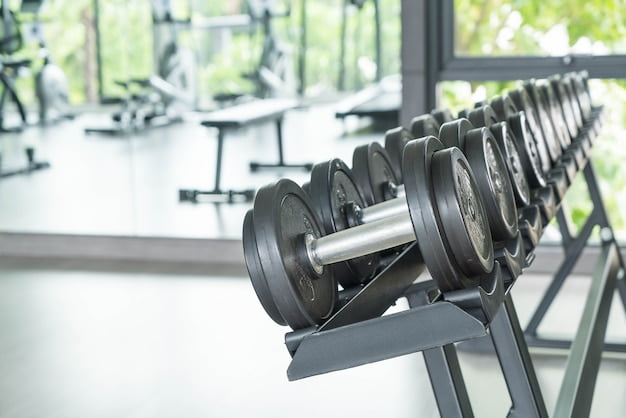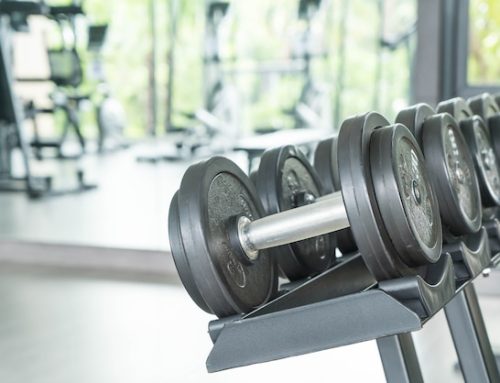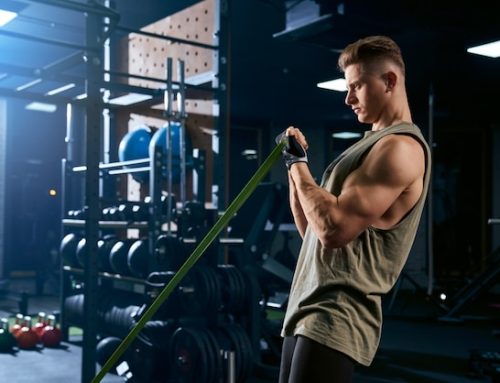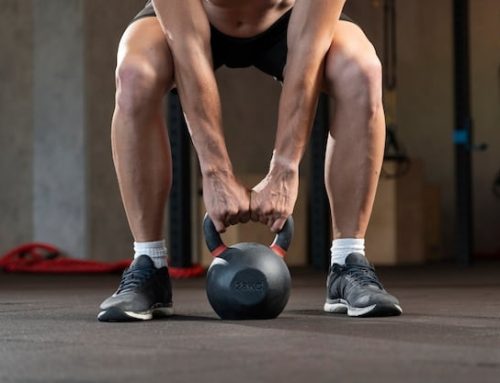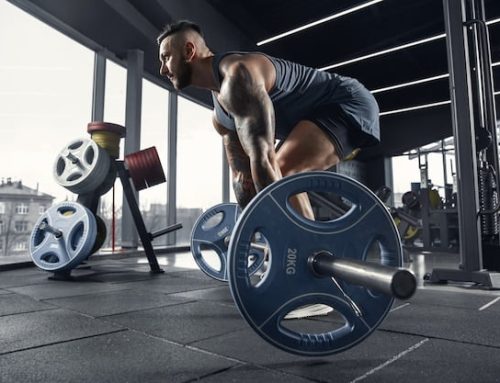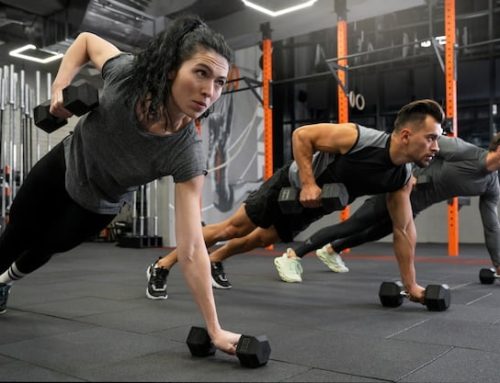Introduction
Weightlifting has always been the go-to activity for people who want to build muscle. However, a question that arises frequently among fitness enthusiasts is, what is the best form of cardio for building muscle? There are various forms of cardio, and each one of them has its own advantages and disadvantages.
What is Cardio?
Cardio, or cardiovascular exercise, is any physical activity that elevates your heart rate and pumps up the blood flow throughout your body. It is an essential part of a healthy lifestyle as it helps to strengthen your heart, lungs, and circulatory system. Cardio can be done in various forms, such as running, cycling, swimming, rowing, and even dancing.
Why do we Need Cardio?
Cardio is essential as it helps to increase your stamina, endurance, and overall health. It also helps to burn calories and reduce fat, which is crucial for building muscle. However, when it comes to weightlifting, not all cardio exercises are created equal.
Levels of intensity of cardio training
The intensity of cardio training should be age-appropriate. It is calculated by determining the number of heartbeats per minute (heart rate) based on the following:
HR max (HR = heart rate, i.e. number of heartbeats per minute) = 220 – age
For a 40-year-old person, for example, the maximum heart rate during exercise is 180 beats per minute.
The intensity of cardio training has 5 levels
- Low intensity cardio training: 50-60% of HR max, recommended for beginners, improves body condition, reduces stress.
- Moderate intensity cardio: 60-70% HR max, recommended for those who want to lose calories.
- High intensity cardio: 70-80% HR max, increases endurance and performance.
- Very high intensity cardio: 80-90% HR max, cardio training for people with a high level of fitness, increases muscle mass gain.
- Extreme cardio intensity: HR over 90%; this is the maximum effort possible and can only be done for a short period of time.
Cardio versus mass training
According to experts, cardio training can easily be combined with training that focuses on building muscle mass (so-called ‘mass’ training).
A number of studies have been conducted on this issue. One of these was conducted in 2012 and involved thirteen men. Seven of them were in their early 20s and the other six were aged 74. All participants were prescribed aerobic workouts.
As part of the experiment, the part of them that was moderately active was told to do light aerobic workouts for seven weeks and, for the next five, four workouts on a stationary bike, at an intensity of 80 % HRmax, lasting 45 minutes each. The results were surprising, as it was found that in younger men, quadriceps thigh muscle mass increased by 5 % and in the older ones by as much as 6 %.
The next experiment, on the other hand, focused on the question of whether performing cardio training could actually reduce strength training-induced hypertrophy. The study investigated the signalling pathways that run in the muscles of exercising athletes (focusing on the IGF-1 pathway via mTor kinase and inhibited by myostatin).
The experiment involved a group of physically active men, nine to be precise. Their task was to perform cardio training on a bicycle for 45 minutes a workout. Crucially, however, in doing so, they were to pedal with only one leg and, after another few hours, perform lunges with both legs on the machine (four series of seven repetitions).
This made the mTor kinase pathway significantly more active and myostatin levels were lower in the muscles of the one leg used for aerobic training. The results obtained indicate that the right amount of cardio training does not interfere in any way with the process of muscle mass development.
What is the Best Cardio for Muscle Building?
When it comes to building muscle, the best form of cardio is high-intensity interval training, or HIIT. HIIT involves short bursts of intense exercise followed by a period of rest. This form of cardio helps to increase your heart rate and burn fat while preserving muscle mass.
How does HIIT Work?
During a HIIT workout, you perform short, intense exercises followed by a short recovery period. This alternation between high intensity and rest helps to increase your heart rate and burn more calories. HIIT also helps to boost your metabolism, which is essential for building muscle.
What are the Benefits of HIIT?
Aside from helping to build muscle, HIIT also provides numerous other health benefits. These benefits include:
-
- Boosts overall cardiovascular health
-
- Reduces insulin resistance
-
- Helps to lower blood pressure
-
- Increases metabolism
-
- Burns more fat than traditional cardio
How to Incorporate HIIT into Your Workouts
Incorporating HIIT into your workouts is relatively simple. You can start with a short session of 10-15 minutes and gradually increase the time and intensity as you get comfortable. HIIT workouts can be done using various exercises such as sprints, burpees, jump squats, and many more.
Conclusion
In conclusion, when it comes to building muscle, HIIT is the best form of cardio. It helps to increase your heart rate, burn fat, and build muscle while providing numerous health benefits. However, it is important to note that HIIT is an intense form of cardio and should be done with caution, especially if you are new to exercise. Consult with your physician before starting any exercise program.
